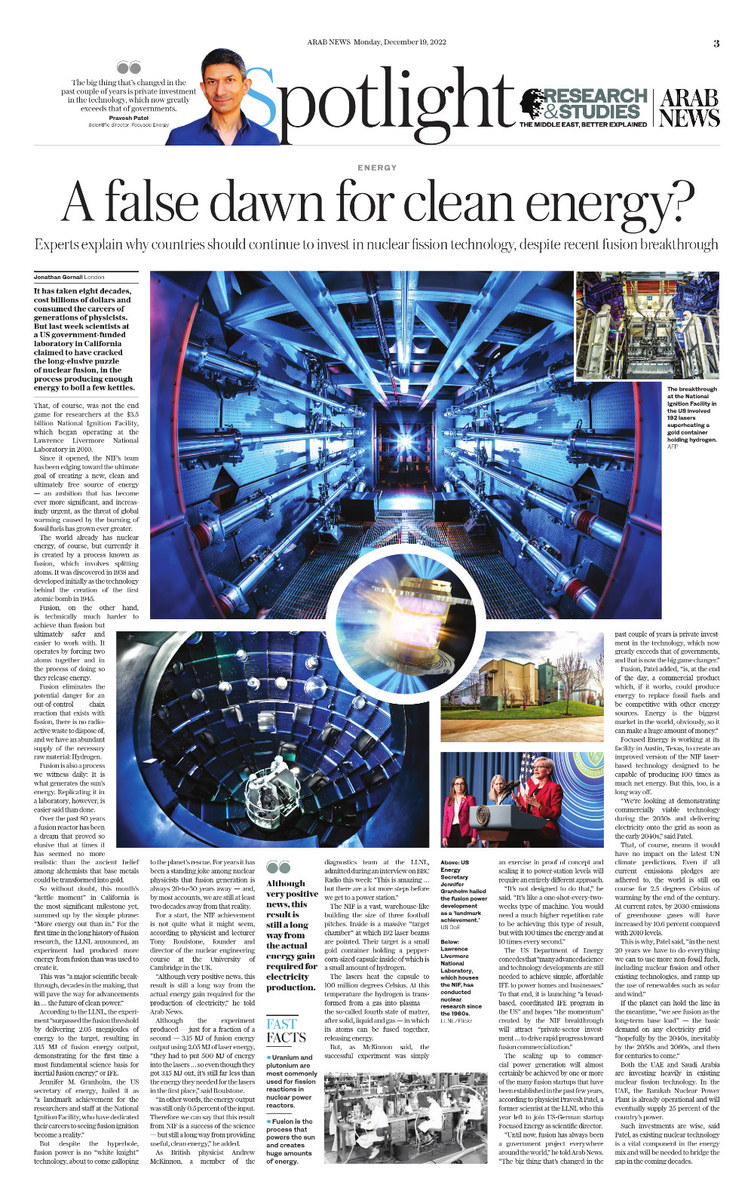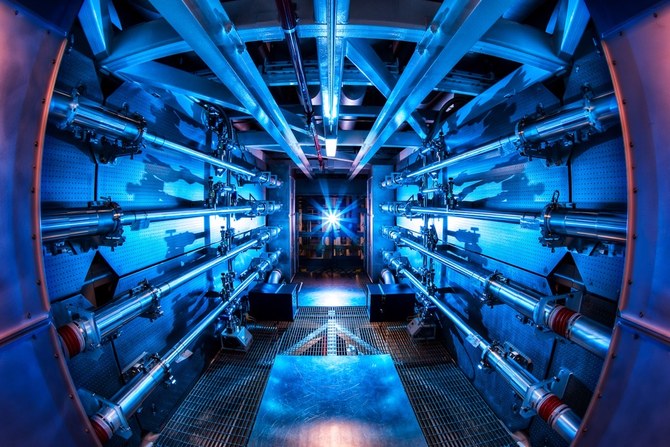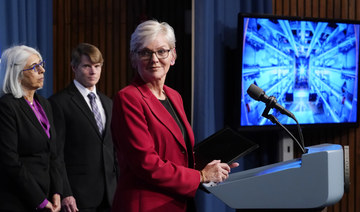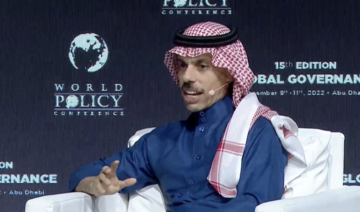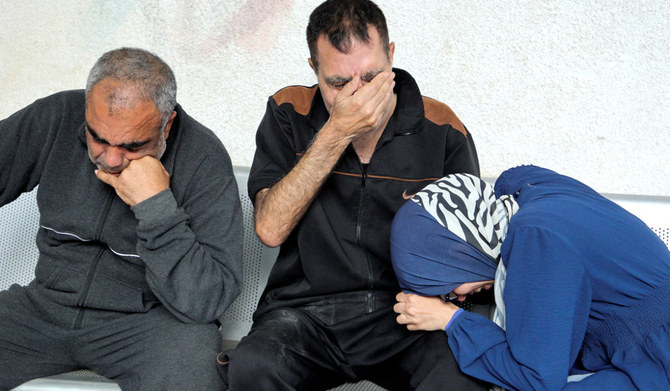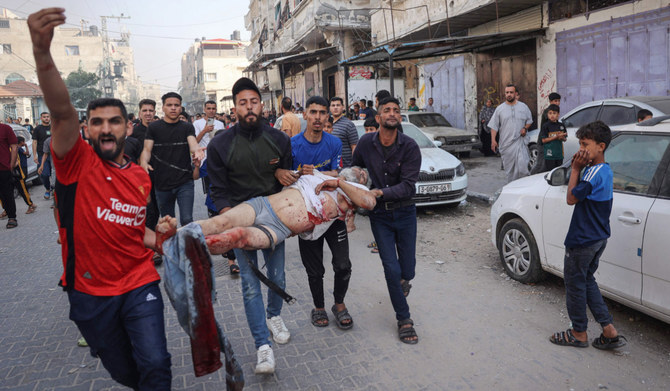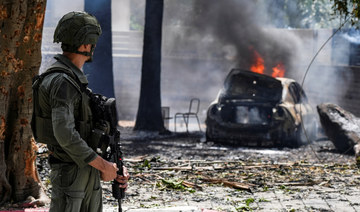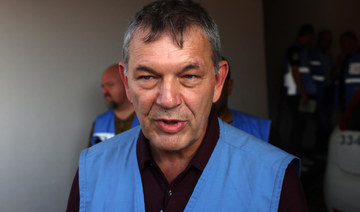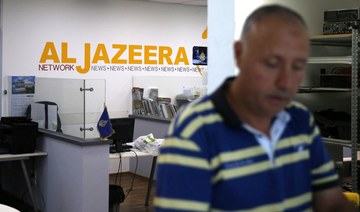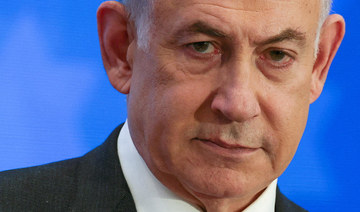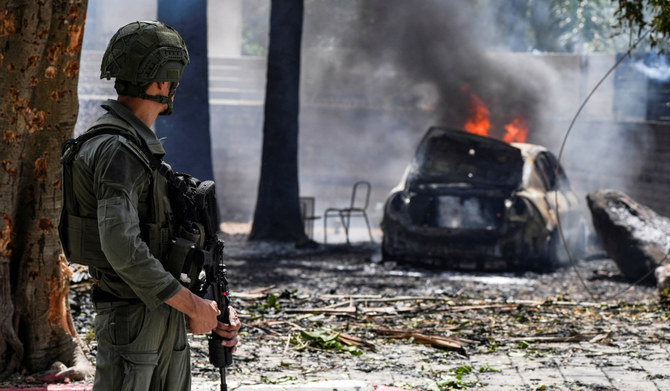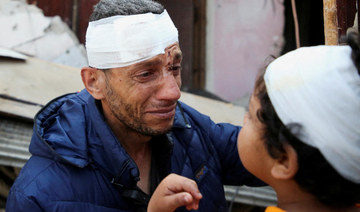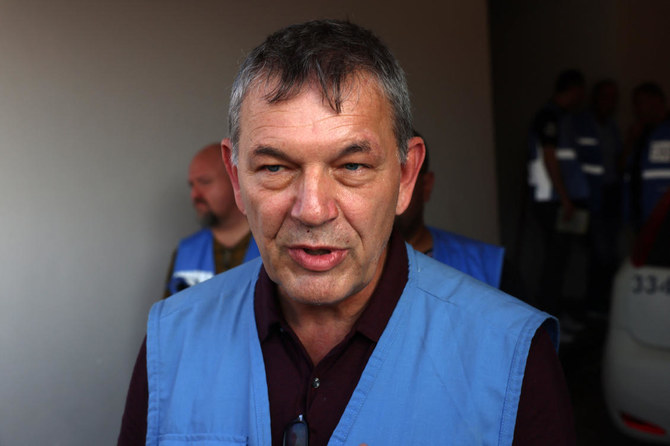LONDON: It has taken eight decades, cost billions of dollars and consumed the careers of generations of physicists.
But last week scientists at a US government-funded laboratory in California claimed to have cracked the long-elusive puzzle of nuclear fusion, in the process producing enough energy to boil a few kettles.
That, of course, was not the end game for researchers at the $3.5 billion National Ignition Facility, which began operating at the Lawrence Livermore National Laboratory in 2010.
Since it opened, the NIF’s team has been edging toward the ultimate goal of creating a new, clean and ultimately free source of energy — an ambition that has become ever more significant, and increasingly urgent, as the threat of global warming caused by the burning of fossil fuels has grown ever greater.
The world already has nuclear energy, of course, but currently it is created by a process known as fission, which involves splitting atoms. It was discovered in 1938 and developed initially as the technology behind the creation of the first atomic bomb in 1945.
Fusion, on the other hand, is technically much harder to achieve than fission but ultimately safer and easier to work with. It operates by forcing two atoms together and in the process of doing so they release energy.
Fusion eliminates the potential danger for an out-of-control chain reaction that exists with fission, there is no radioactive waste to dispose of, and we have an abundant supply of the necessary raw material: hydrogen.
Fusion is also a process we all witness daily: It is what generates the Sun’s energy. Replicating it in a laboratory, however, is much easier said than done.
Over the past 80 years a fusion reactor has been a dream that proved so elusive that at times it has seemed no more realistic than the ancient belief among alchemists that base metals could be transformed into gold.
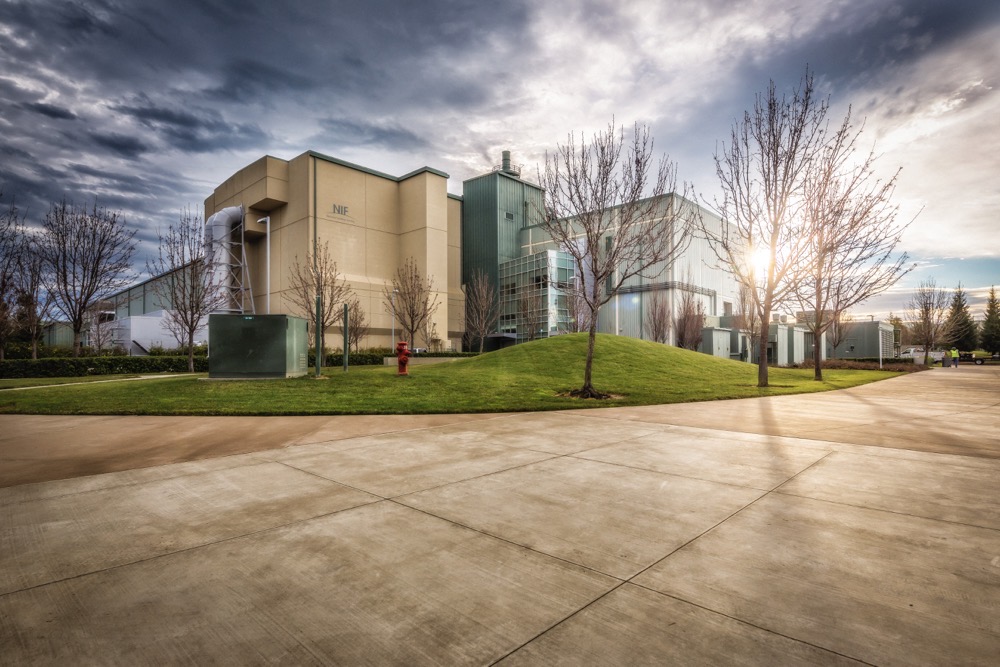
The National Ignition Facility, a laser-based inertial confinement fusion research facility. (Lawrence Livermore National Laboratory/AFP)
So without doubt, this month’s “kettle moment” in California is the most significant milestone yet, summed up by the simple phrase: “More energy out than in.” For the first time in the long history of fusion research, the LLNL announced, an experiment had produced more energy from fusion than was used to create it.
This was “a major scientific breakthrough, decades in the making, that will pave the way for advancements in … the future of clean power.”
According to the LLNL, the experiment “surpassed the fusion threshold by delivering 2.05 megajoules of energy to the target, resulting in 3.15 MJ of fusion energy output, demonstrating for the first time a most fundamental science basis for inertial fusion energy,” or IFE.
Jennifer M. Granholm, the US secretary of energy, hailed it as “a landmark achievement for the researchers and staff at the National Ignition Facility, who have dedicated their careers to seeing fusion ignition become a reality.”
But despite the hyperbole, fusion power is no “white knight” technology, about to come galloping to the planet’s rescue. For years it has been a standing joke among nuclear physicists that fusion generation is always 20-to-30 years away — and, by most accounts, we are still at least two decades away from that reality.
For a start, the NIF achievement is not quite what it might seem, according to physicist and lecturer Tony Roulstone, founder and director of the nuclear engineering course at the University of Cambridge in the UK.
“Although very positive news, this result is still a long way from the actual energy gain required for the production of electricity,” he told Arab News.
Although the experiment produced — just for a fraction of a second — 3.15 MJ of fusion energy output using 2.05 MJ of laser energy, “they had to put 500 MJ of energy into the lasers … so even though they got 3.15 MJ out, it’s still far less than the energy they needed for the lasers in the first place,” said Roulstone.
“In other words, the energy output was still only 0.5 percent of the input. Therefore we can say that this result from NIF is a success of the science — but still a long way from providing useful, abundant, clean energy,” he added.
As British physicist Andrew McKinnon, a member of the diagnostics team at the LLNL, admitted during an interview on BBC Radio this week: “This is amazing … but there are a lot more steps before we get to a power station.”
The NIF is a vast, warehouse-like building the size of three football pitches. Inside is a massive “target chamber” at which 192 laser beams are pointed. Their target is a small gold container holding a peppercorn-sized capsule inside of which is a small amount of hydrogen.
The lasers heat the capsule to 100 million degrees Celsius. At this temperature the hydrogen is transformed from a gas into plasma — the so-called fourth state of matter, after solid, liquid and gas — in which its atoms can be fused together, releasing energy.
But, as McKinnon explained, the successful experiment was simply an exercise in proof of concept and scaling it up to power-station levels will require an entirely different approach.

The world already has nuclear energy but currently it is created by a process known as fission, which involves splitting atoms. (AFP)
“It’s not designed to do that,” he said. “It’s like a one-shot-every-two-weeks type of machine. You would need a much higher repetition rate to be achieving this type of result, but with 100 times the energy and at 10 times every second.”
The US Department of Energy itself concedes that “many advanced science and technology developments are still needed to achieve simple, affordable IFE to power homes and businesses.” To that end, the agency is launching “a broad-based, coordinated IFE program in the US” and hopes “the momentum” created by the NIF breakthrough will attract “private-sector investment … to drive rapid progress toward fusion commercialization.”
The scaling up to commercial power generation will almost certainly be achieved by one or more of the many fusion startups that have been established in the past few years, according to physicist Pravesh Patel, a former scientist at the LLNL who this year left to join US-German start-up Focused Energy as its scientific director.
“Until now, fusion has always been a government project everywhere around the world,” he told Arab News. “The big thing that’s changed in the past couple of years is private investment in the technology, which now greatly exceeds that of governments, and that is now the big game changer.”
Fusion, Patel added, “is, at the end of the day, a commercial product which, if it works, could produce energy to replace fossil fuels and be competitive with other energy sources. Energy is the biggest market in the world, obviously, so it can make a huge amount of money.”
Focused Energy is working at its facility in Austin, Texas, to create an improved version of the NIF laser-based technology designed to be capable of producing 100 times as much net energy. But this, too, is a long way off.
“We’re looking at demonstrating commercially viable technology during the 2030s and delivering electricity onto the grid as soon as the early 2040s,” said Patel.
That, of course, means it would have no impact on the latest UN climate predictions. Even if all current emissions pledges are adhered to, the world is still on course for 2.5 degrees Celsius of warming by the end of the century. At current rates, by 2030 emissions of greenhouse gases will have increased by 10.6 percent compared with 2010 levels.
This is why, Patel said, “in the next 20 years we have to do everything we can to use more non-fossil fuels, including nuclear fission and other existing technologies, and ramp up the use of renewables such as solar and wind.”
If the planet can hold the line in the meantime, “we see fusion as the long-term base load” — the basic demand on any electricity grid — “hopefully by the 2040s, inevitably by the 2050s and 2060s, and then for centuries to come.”
Both the UAE and Saudi Arabia are investing heavily in existing nuclear fission technology. In the UAE, the Barakah Nuclear Power Plant is already operational and will eventually supply 25 percent of the country’s power.
Such investments are wise, said Patel, as existing nuclear technology is a vital component in the current energy mix and will be needed to bridge the gap in the coming decades.
Besides, said Jonathan Cobb, senior communications manager at the World Nuclear Association, while “fusion may eventually contribute to better ways of meeting global energy needs, it isn’t a direct replacement for fission just because both are nuclear, any more than solar is a direct replacement for wind just because both are renewables.”
He added: “Hopefully, fusion will find its place in the clean-energy mix, and the future will tell how large its role will be.”
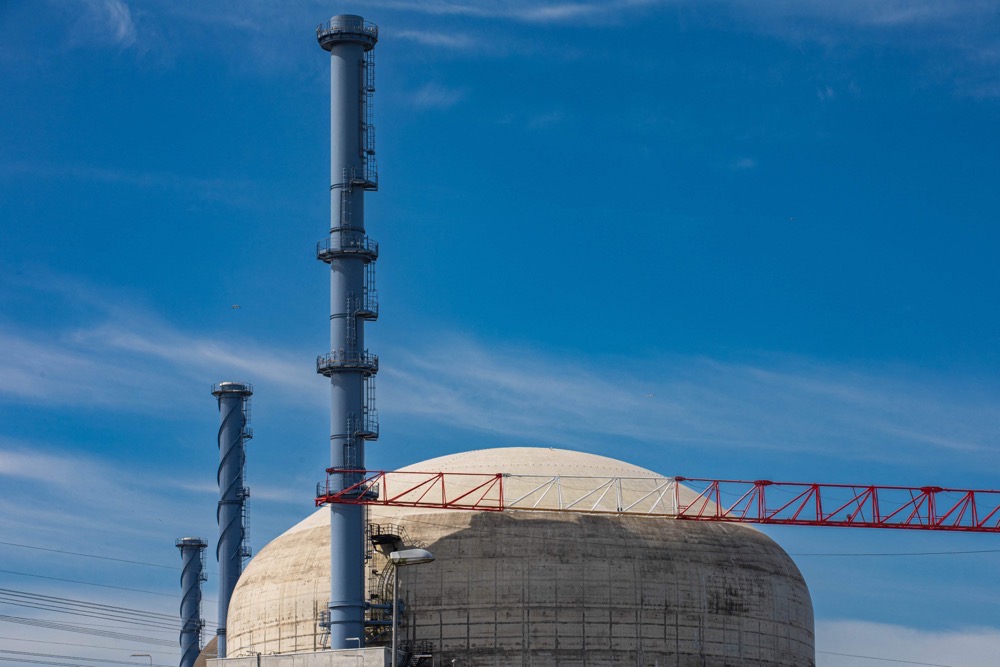
Fusion is technically much harder to achieve than fission but ultimately safer and easier to work with. (AFP)
Following the successful experiment at the NIF, should countries such as Saudi Arabia now be investing in fusion as well as fission?
“Nuclear fusion could potentially play a significant role in meeting global energy needs sometime in the second half of the 21st century,” said Cobb. “But its success is far from certain and we need to be moving to a global clean energy mix much sooner.”
Nuclear fission, on the other hand, “is a proven technology supplying 10 percent of the world’s electricity today, with many advanced technologies ready for commercial deployment,” he said.
“Fusion may be one area of research in which Saudi wishes to invest. But it should also be accelerating its deployment of nuclear fission, along with other clean-energy technologies, otherwise we will be facing serious global effects of climate change before the first fusion power plant could ever be deployed.”
